
Many people like cheese , and I am no exception . Today , I will use my many years of cheese-eating experience to give everyone who likes cheese an ultimate guide .
First let’s learn more about cheese
Cheese is a dairy product, derived from milk and produced in wide ranges of flavors, textures and forms by coagulation of the milk protein casein. It comprises proteins and fat from milk, usually the milk of cows, buffalo, goats, or sheep. During production, the milk is usually acidified and the enzymes of rennet (or bacterial enzymes with similar activity) are added to cause the milk proteins (casein) to coagulate. The solids (curd) are separated from the liquid (whey) and pressed into final form . Some cheeses have aromatic molds on the rind, the outer layer, or throughout. Most cheeses melt at cooking temperature.
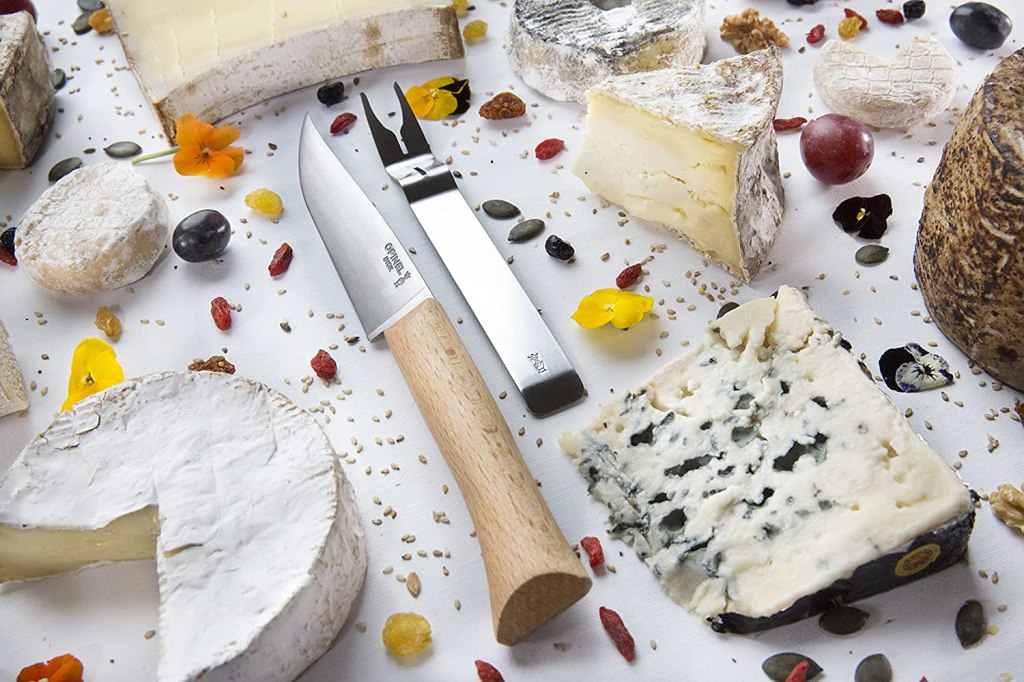
Over a thousand types of cheese exist and are currently produced in various countries. Their styles, textures and flavors depend on the origin of the milk (including the animal’s diet), whether they have been pasteurized, the butterfat content, the bacteria and mold, the processing, and how long they have been aged for. Herbs, spices, or wood smoke may be used as flavoring agents. The yellow to red color of many cheeses is produced by adding annatto. Other ingredients may be added to some cheeses, such as black pepper, garlic, chives or cranberries. A cheesemonger, or specialist seller of cheeses, may have expertise with selecting the cheeses, purchasing, receiving, storing and ripening them .
For a few cheeses, the milk is curdled by adding acids such as vinegar or lemon juice. Most cheeses are acidified to a lesser degree by bacteria, which turn milk sugars into lactic acid, then the addition of rennet completes the curdling. Vegetarian alternatives to rennet are available; most are produced by fermentation of the fungus Mucor miehei, but others have been extracted from various species of the Cynara thistle family. Cheesemakers near a dairy region may benefit from fresher, lower-priced milk, and lower shipping costs.
Cheese is valued for its portability, long shelf life, and high content of fat, protein, calcium, and phosphorus. Cheese is more compact and has a longer shelf life than milk, although how long a cheese will keep depends on the type of cheese.[3] Hard cheeses, such as Parmesan, last longer than soft cheeses, such as Brie or goat’s milk cheese. The long storage life of some cheeses, especially when encased in a protective rind, allows selling when markets are favorable. Vacuum packaging of block-shaped cheeses and gas-flushing of plastic bags with mixtures of carbon dioxide and nitrogen are used for storage and mass distribution of cheeses in the 21st century .
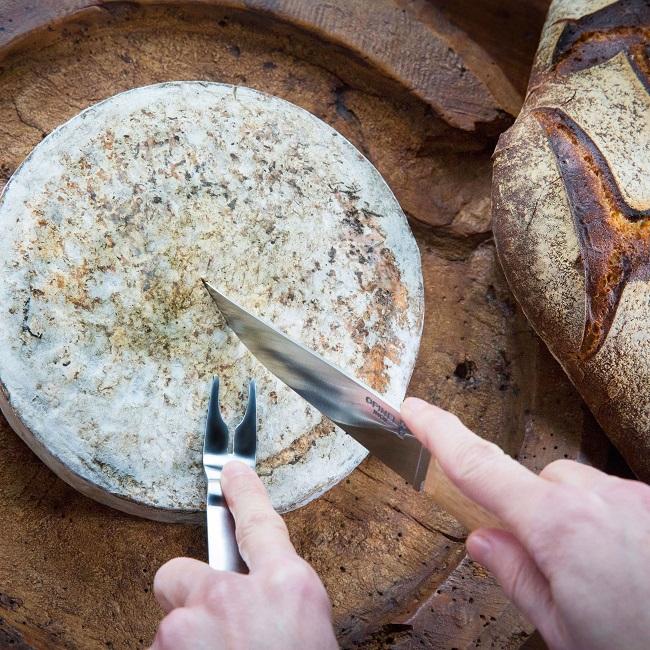
Then, let’s talk about how cheese is made
In the simplest terms, cheese is the solids that remain from curdled milk, once the whey has been separated. From that point, the process splits into a variety of methods depending on the variety of cheese being made.
The basic 6 step process for turning milk into cheese:
Acidification: either an acid or a starter culture is added to the milk
Coagulation: the acid causes the solids to separate and solidify
Curds and Whey: solids are formed and the whey (liquid) is separated
Salting: adds flavor and prevents spoiling
Shaping: the solids are formed into a round or block
Ripening: the aging process
Types of Cheese
Cheese ranges from hard to soft, from creamy to pungent, and from quiet to bold. It all starts with the type of milk used. The 3 types of milk used to produce cheese are goat, cow and sheep. They all have distinct flavor characteristics.
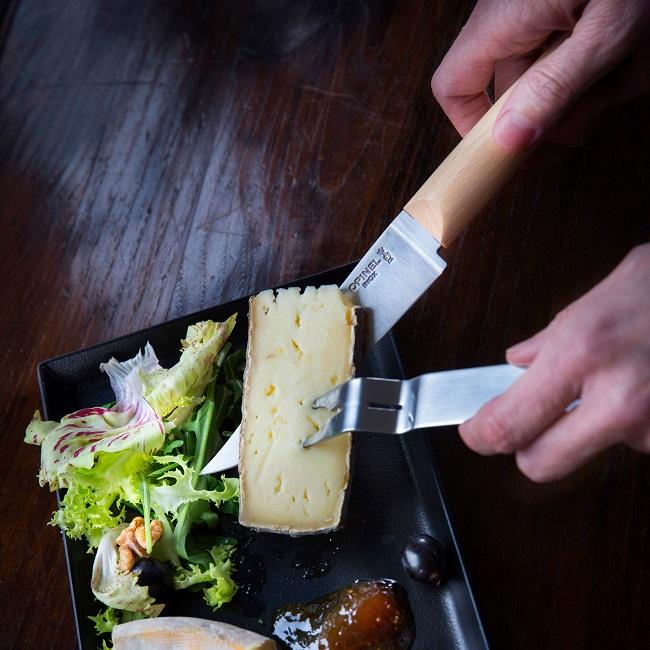
Isn’t it simple?
If you want to make your own at home, you just follow the steps below .
If you’ve ever considered making your own cheese as a side hustle or a hobby, the great thing is that it’s actually very accessible for the home cook to accomplish. The simple set of ingredients is the first appeal. To make cheese, you really only need a handful of supplies:
Milk or cream
Acid of choice
Salt
DIRECTIONS:
Set a large sieve over a deep bowl. Dampen 2 layers of cheesecloth with water and line the sieve with the cheesecloth.
Pour the milk and cream into a stainless-steel or enameled pot such as Le Creuset. Stir in the salt. Bring to a full boil over medium heat, stirring occasionally. Turn off the heat and stir in the vinegar. Allow the mixture to stand for 1 minute until it curdles. It will separate into thick parts (the curds) and milky parts (the whey).
Pour the mixture into the cheesecloth-lined sieve and allow it to drain into the bowl at room temperature for 20 to 25 minutes, occasionally discarding the liquid that collects in the bowl. The longer you let the mixture drain, the thicker the ricotta. (I tend to like mine on the thicker side, but some prefer it moister.) Transfer the ricotta to a bowl, discarding the cheesecloth and any remaining whey. Use immediately or cover with plastic wrap and refrigerate. The ricotta will keep refrigerated for 4 to 5 days.
Many recipes instruct you to discard the whey, but it’ s actually packed with protein. You can add it to smoothies, use it as skin care or as a hair conditioner, use it to soften gluten when baking, and add it to soup stock. Depending on how involved you want to get, you can figure out your equipment needs around the types of cheeses you think you’ ll want to focus on making at home. The bare necessities for a simple fresh cheese are a sturdy pot, a deep mixing bowl, some cheesecloth, a sieve, and a wooden spoon.
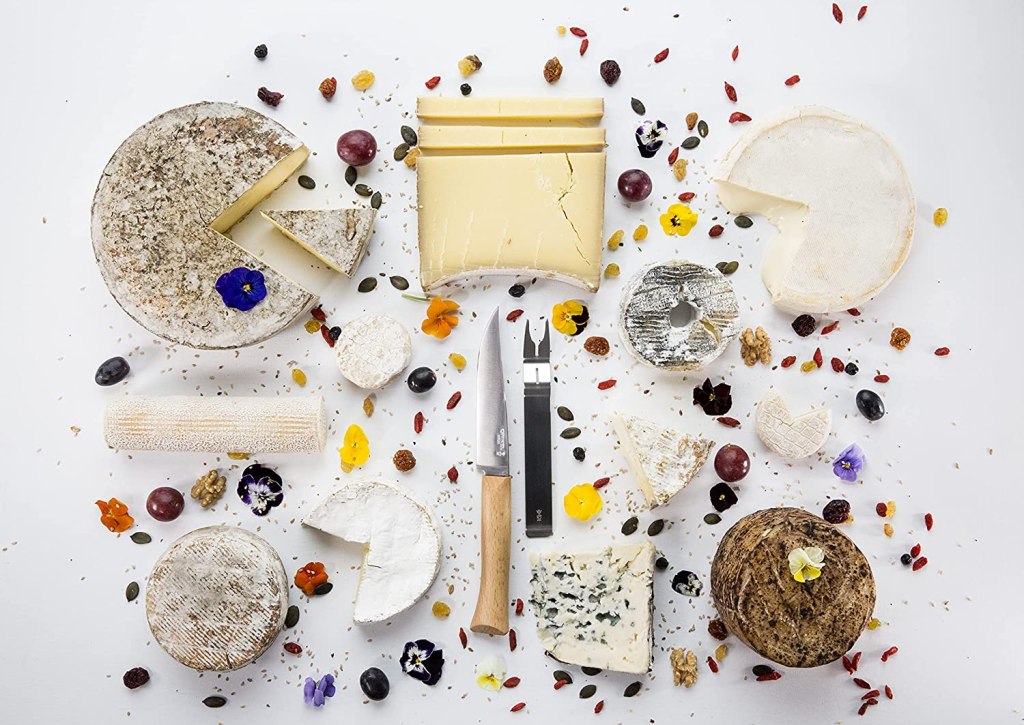
If you don’ t want to make your own , let me tell you where to buy
Knowing which cheeses to buy, whether for a tasting party or just for snacking, can feel like a challenge. With so many styles and so many makers, how do you know which cheese to purchase?
- How to Buy Cheese at a Cheese Shop
Hitting up a dedicated cheese shop—or a specialty store, food co-op, or gourmet grocer with a dedicated cheese counter—is one of the best ways to source great cheese and get an education, too.
Cut-to-order shops typically offer samples, which can be a great way to broaden your cheese horizons.
- How to Buy Cheese at the Grocery Store
If there’s no cheese shop in your area, you can still pick up quality cheese at a variety of price points in some supermarket chains .
If you don’t have one of these stores nearby, look for the specialty cheese case at your local grocer. It’s often a wide , open-topped cooler or circular display separate from the dairy case (which is where you’ll find items like block cheddars and bags of pre-sliced and pre-shredded cheeses) .

- Buy Cheese Online
Nothing to tell
And , remember ,
Proper cheese storage is the best way to keep your investment tasting great for longer . keeping your cheeses fresh for up to three weeks in the fridge and seven days on the counter, no cheese paper or plastic wrap needed .
Last , you need a nice cheese knife
Opinel Knife Opinel Cheese Knife & Fork Set
Includes
5″ Cheese Knife
6.75″ long Fork
Features
*Stainless steel is anti-corrosive thanks to the addition of chrome and requires no special maintenance
*From France, the beech handle is hard, durable, easy to work with, and the most commonly used wood for the manufacture of Opinel handles
*Fork can be used while slicing or serving from the cheese platter, also serves as a holder for the knife
*Made in France with a full warranty against manufacturing defects
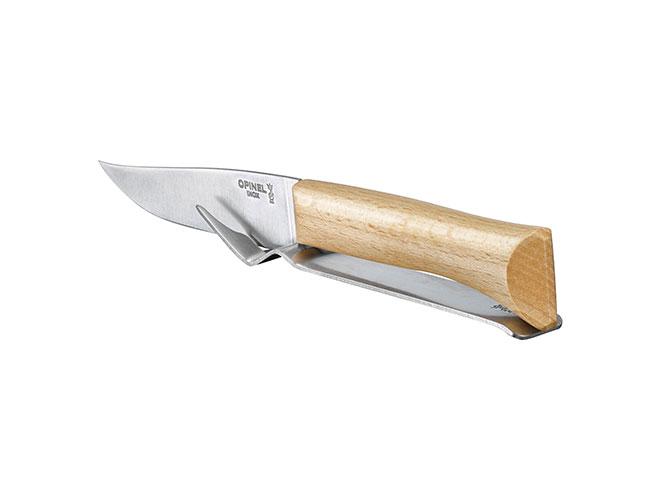
Description
The Opinel Cheese Knife Set is ideal for cheese lovers! The knife features a beech wood handle, made from sustainable harvested wood grown in Europe. The stainless steel blade is durable, sharp, holds its edge, and is easy to maintain. The simple fork can be used while slicing or serving from the cheese platter, and also serves as a holder for the knife.
Why choose YIERCITY
We do professional knife set retail and wholesale business. We hope to be your stable global supporter and partner.
We are an enterprise integrating factory and trade, specializing in the design, manufacture and sales of high-quality knife sets.
We always make every effort to ensure the quality of each set of knives.
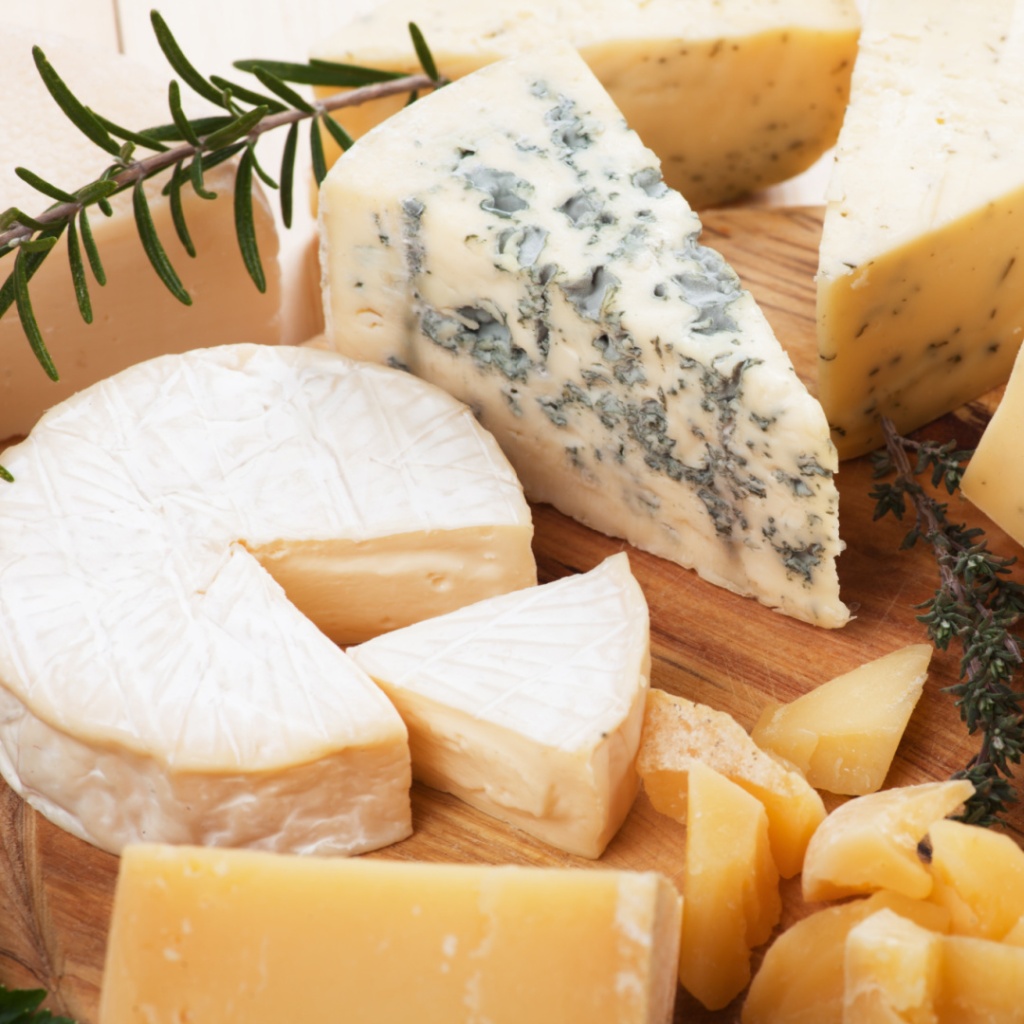
Why choose YIER Knives
● The complete knife set contains all kitchen knives.
● Delivery from the local warehouse, within 3 days.
● Manufactured in our own factory, cost-effective.
● Transparent acrylic knife holder, like a work of art
● Excellent materials, safe and durable.
● Free returns
● We listen to customer needs and feedback.



























